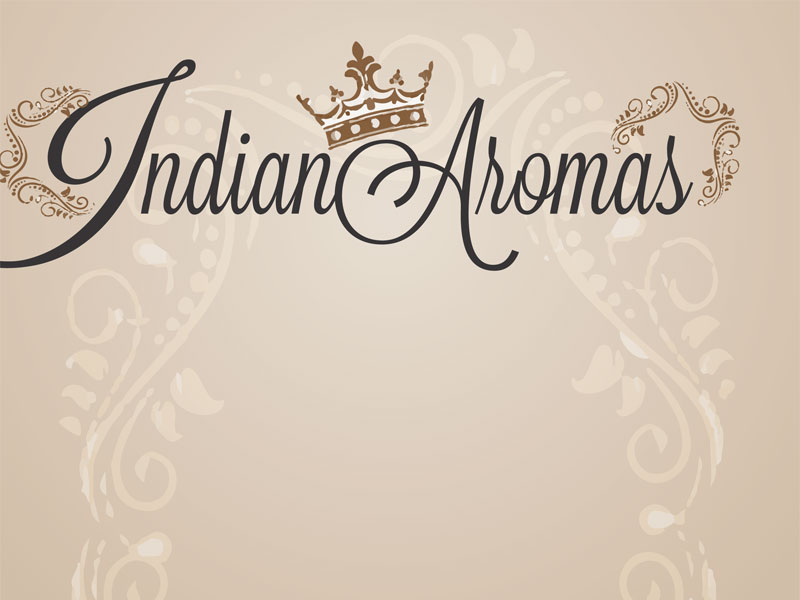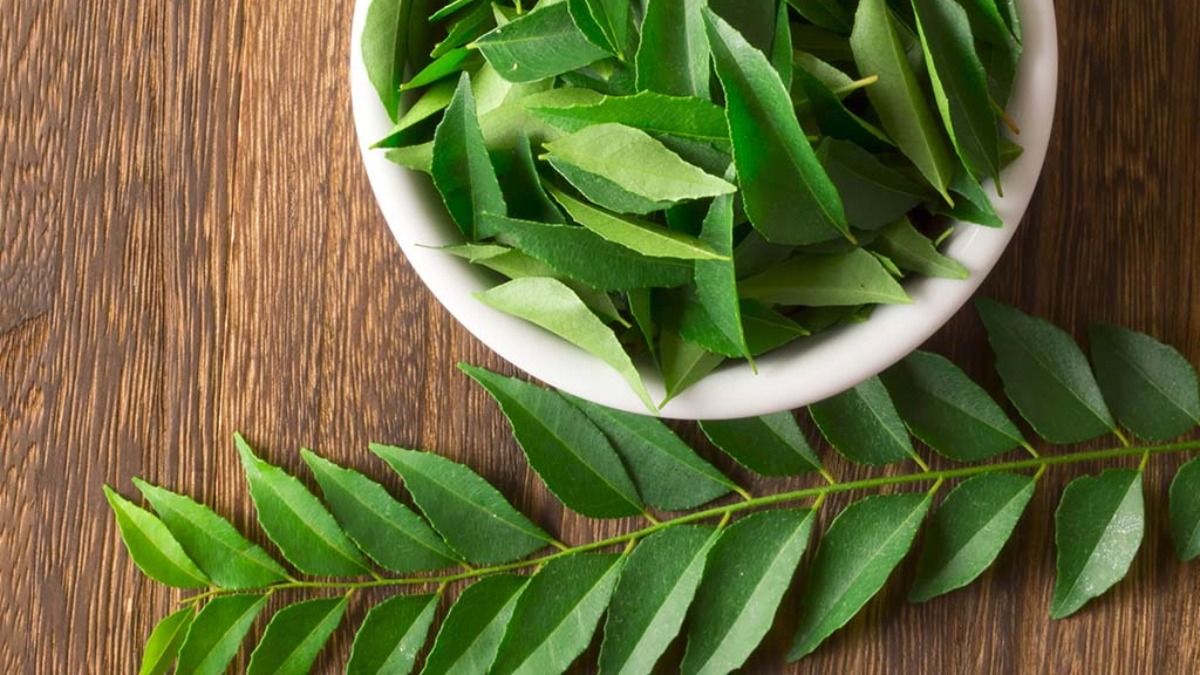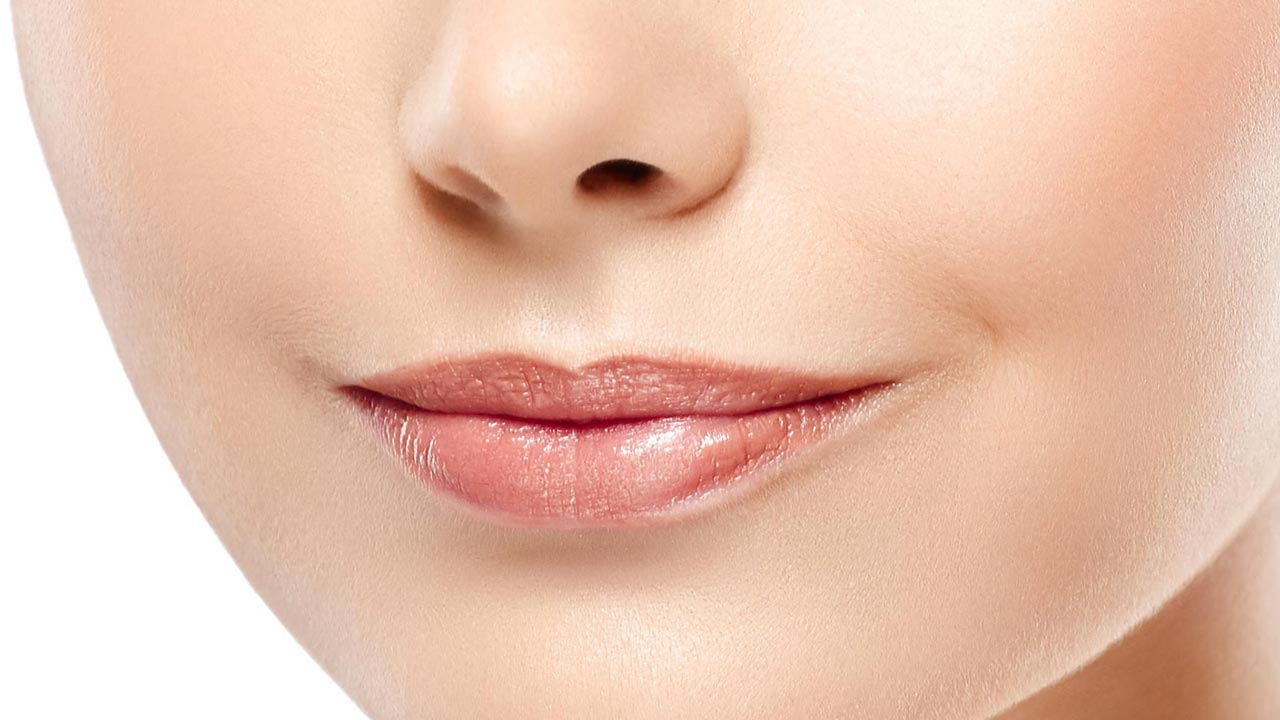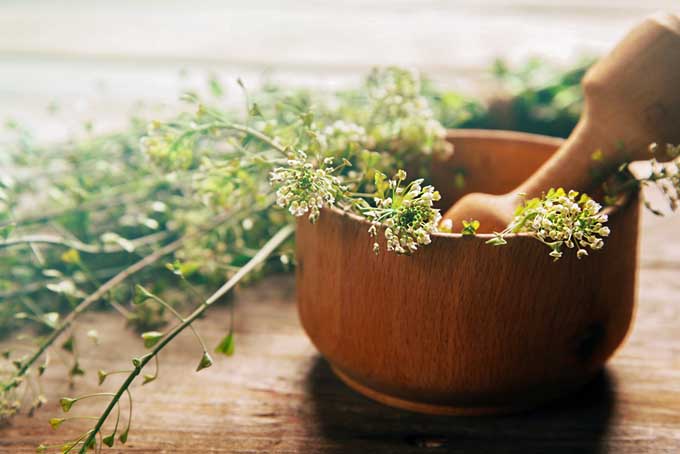Sense of smell is the first to develop in a human being. It is the most prominent sense in the animal world. In the etheric body, it pertains to the Mooladhar chakra, that which governs our survival instinct. Fragrances and aromas, hence, have a deep and profound impact on our being.
Our ancients, many thousand years ago, had mastered the science of smell. Sugandha (fragrance) is counted as one of the ashtabhoga (8 royal pleasures) in Indian tradition. Gandhashastra, a Science of Cosmetology and perfumery was contemporary to ancient Ayurveda. The modern day Herbal Cosmetology has its roots in the Gandhashastra. It deals with formulations meant for face care, body care, oral care, hair care and the perfumery products like fragrant water, fragrant fabric, armpit deodorants and room-fresheners. Individual fragrant substances, like flowers, aromatic leaves or roots can be used directly or can be used to produce fragrances or Gandha Dravyas. Gandhayukti, or the art of blending various fragrant substances in right proportions to concoct a likeable fragrance was considered to be one of the 64 learning arts that a person needed to be proficient in ancient Indian society. Several literary works in Sanskrit, our epics the Ramayana & Mahabharata, technical treatises like Gangaadhara’s Gandhasara (the essence of scent making) & Gandhavaada (Hypothesis on Odours), Varahamihira’s Vrhatsamhita, Somesvara’s Manasoallasa, Chavundaraya’s Lokoparakaram have detailed information on perfumery and fragrance creation.
In this series of articles, we will take you through certain secrets of the ancients to perfect beauty and glow, through the art of fragrances.
I detail here an interesting excerpt from Somesvara’s Manasoallasa on the fragrances and cosmetics used by kings in their royal bath.
The body is massaged with a fragranced oil. For this, Someshvara prescribes taking sesame seeds, perfumed with the strong aroma of Ketaki flowers (Pandanus sp), Yati (Jasminum grandiflorum), Punnaga (Calophyllum inophyllum) and Champaka (Michelia champaka) and crushing them to extract oil from them.
After massaging is complete, a fragranced ointment is applied. To prepare the ointment,
- Take Palaka (Spinach) roots, Tagara (Catunaragum spinosa), Mamsi (Fleshy root of Nardistachys jatamansi), Ashvagandha (Withania somnifera), Puskara (Inula racemosa), Kushta, Patolaka / Snakegourd (Trichosanthes dioica), Musta, Nishadvayam (a combination of haridra turmeric and daru haridra berbaris aristata), and Granthi parana (glandular leaves of Artemisia vulgaris). Dry them in shade, crush and mix thoroughly.
- Make a paste of Neem, Rajavraksa / Aragvadha (Cassia fistula), Tulsi (Ocimum sanctum) and Arjaka (Ocimum basilicum) and add to the above.
- Powder the mixture of Cardamom, Jati (Myristica fragrans), Sarshapa, Sesame, Coriander, Bakuchi (Veronia anthelmintica) and Cakramardu (Cassia tora) and add to the above.
- Dry the weeds of Clove / Lavanga, Padmaka (Prunus puddum) Lodra, Sandal, Suradru (Devadaru) and Agurusorala (Pinus roxberghi) in shade and crush them into fine powder and add to above.
- Add flowers of Nagakesara (Mammea longifilia), Punnaga (Calophyllum inophyllum), Kanta (Aglaia roxburghina), Kumkuma (Saffron) and Champaka (Michelia Champaka) to the mixture.
- Pound Guggulu (Balsamodendron), Saindhava salt (Rock salt), Bola (Myran) and Sarjarasa (Yellow resin) in rice water and vinegar and add to above to finish the ointment.
Turmeric (Haridra) pulp scented suitably is applied on the body. Ointments made out of the aromatic pulp of Amalaka /Amla is applied to hair for growth of luxuriant black long mane. Soap (Khali) for bathing is made by the mixture of wheat flour, fermented rice gruel (arnala), Madana (Randia dumetorium) root powder and pisuna (Saffron powder).
So much for a royal Indian bath! For the benefit of the reader I also detail here a simpler recipe:
Mix 1 cup each of baking soda and sea salt. Add essential oils of your choice (For a relaxing bath you can add 8 drops of lavender and 8 drops of sweet orange oil. For relieving pain, you can use 4 drops of eucalyptus essential oil with 6 drops of lavender and 4 drops of rosemary). Transfer in a sealed container. For every bath use ¼ cup in a full bath. Try it and share your experience!





